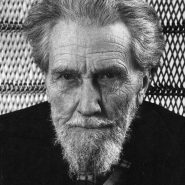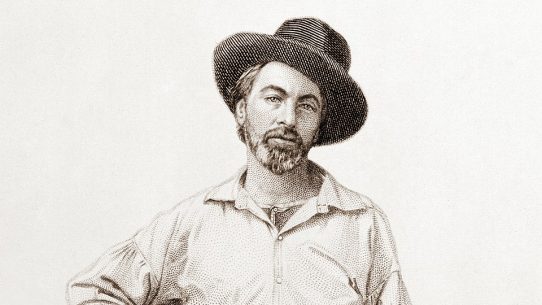Introduction
William Butler Yeats (1865–1939) was an Irish poet, dramatist, and one of the foremost figures of 20th-century literature. A founder of the Irish Literary Revival and winner of the Nobel Prize in Literature in 1923, Yeats’s poetry evolved from romantic mysticism to modernist complexity, uniting Irish myth, political vision, and spiritual symbolism. His lifelong quest for meaning — through art, nationalism, and the occult — produced a body of work that is both intensely personal and profoundly universal.
Early Life and Education
Yeats was born on June 13, 1865, in Sandymount, County Dublin, into an Anglo-Irish family of artists and intellectuals. His father, John Butler Yeats, was a portrait painter who encouraged his son’s literary ambitions. The family moved frequently between Dublin and London, leaving Yeats with a sense of divided identity that would later define much of his writing.
He attended the Metropolitan School of Art in Dublin, where he befriended artists and thinkers who shared his fascination with Irish folklore and mysticism. During his youth, Yeats began collecting Irish myths and legends, publishing Fairy and Folk Tales of the Irish Peasantry (1888), a project that would deeply influence his early poetic style.
Literary Career and Major Works
Yeats’s early poetry reflected the dreamy romanticism of the 1890s, blending Celtic mythology with a yearning for transcendence. Collections like The Wanderings of Oisin and Other Poems (1889) and The Rose (1893) revealed a lyrical voice steeped in symbolism and beauty.
In the 1890s, Yeats became deeply involved with the Irish nationalist movement and co-founded the Irish Literary Theatre (which later became the Abbey Theatre) with Lady Augusta Gregory and others. His plays, such as Cathleen ni Houlihan (1902), fused art with national identity, casting Ireland as a mythical heroine.
As he matured, Yeats’s poetry shifted toward greater realism and spiritual depth. The Green Helmet and Other Poems (1910) and Responsibilities (1914) introduced a more austere tone, reflecting his growing disillusionment with politics and love. The turbulence of the Irish Civil War and World War I further deepened his sense of historical destiny, inspiring some of his most enduring works: The Tower (1928) and The Winding Stair (1933).
His later poems — such as “Sailing to Byzantium,” “The Second Coming,” and “Among School Children” — embody his fascination with time, mortality, and the cyclical nature of history. These works combined visionary imagery with philosophical insight, placing Yeats among the founders of modernist poetry.
Style, Themes, and Influence
Yeats’s poetic journey mirrors the transformation of modern literature itself. His early romantic lyricism gradually gave way to symbolic, often cryptic forms that blended myth, politics, and metaphysics. Throughout, he remained devoted to the power of the poetic image — the “symbol” as a vessel for truth.
Recurring themes include the tension between the material and the spiritual, youth and age, chaos and order. His exploration of the occult, through the Hermetic Order of the Golden Dawn and his own mystical system recorded in A Vision (1925), gave his poetry a unique metaphysical framework. Yeats viewed history as cyclical, governed by the turning of vast gyres, a concept that shaped poems like “The Second Coming” (“Things fall apart; the centre cannot hold”).
His influence was vast: he bridged 19th-century romanticism and 20th-century modernism, inspiring poets from T. S. Eliot to Seamus Heaney. His mastery of rhythm and symbolic economy remains a model of how personal experience can illuminate universal truth.
Later Life and Legacy
Yeats continued to write prolifically into old age, transforming personal aging into powerful artistic insight. He served as a senator in the newly formed Irish Free State (1922–1928), promoting cultural independence and education. Though politically complex — sometimes drawn to authoritarian ideas — he remained above all a poet of vision and contradiction.
In his final years, Yeats’s verse grew leaner, bolder, and more defiant, as seen in Last Poems (1939), which includes “Under Ben Bulben,” written near the end of his life. He died on January 28, 1939, in Menton, France.
In 1948, his body was reinterred in Drumcliff, County Sligo, beneath the epitaph he wrote himself:
“Cast a cold eye
On life, on death.
Horseman, pass by!”
Notable Works
- The Wanderings of Oisin and Other Poems (1889)
- The Tower (1928)
- The Winding Stair and Other Poems (1933)
- A Vision (1925)
- The Second Coming
- Sailing to Byzantium




